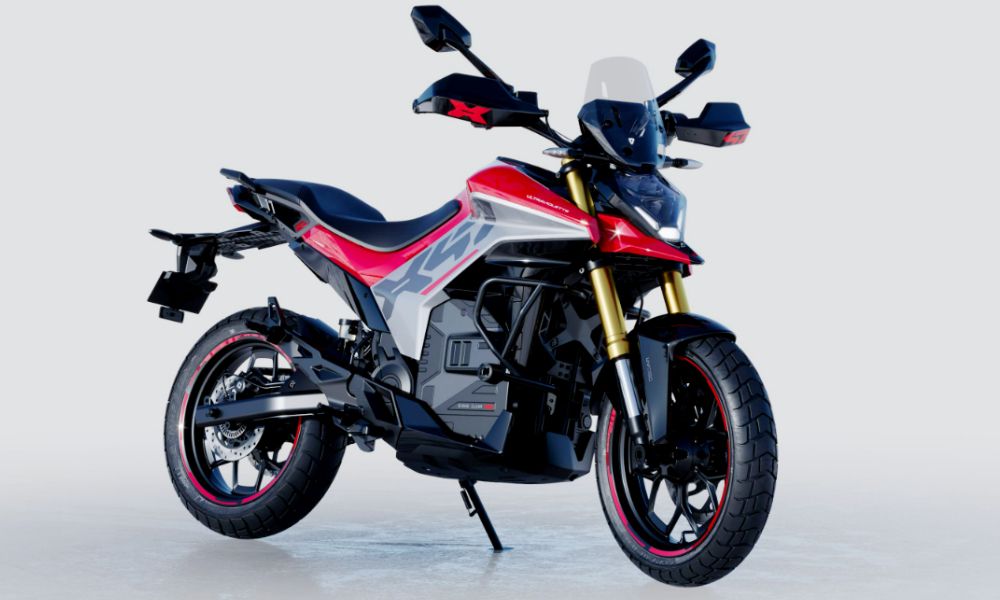Over the last few weeks, Tata Motors has rolled out a slew of updates to key models in its SUV line-up, with the most recent ones being the Harrier and Safari. Both SUVs have received a fairly extensive midlife refresh, but despite the comprehensive nature of the update, Tata Motors has left the powertrain untouched for both models. Those hoping for the introduction of a petrol engine option for the Harrier and Safari will have to wait some more, as the turbocharged gasoline direct injection – or T-GDI – unit that’s on the cards for both SUVs is still in development, and will only be ready by 2025, as per a senior Tata Motors official.
Also Read: Tata Safari Facelift: 5 Things To Know About The Updated SUV
The [T-GDI] engine is under development. Several things need to happen to make a powertrain come to life – development, setting up of manufacturing, sourcing, etc, and all that is underway. For it to be ready will take a little more than a year”, said Tata Motors’ Chief Product Officer Mohan Savarkar in an interaction with carandbike.
Also Read: Tata Harrier Facelift: Top Five Things To Know

The 1.5-litre T-GDI engine is expected to produce close to 168 bhp and 280 Nm of torque.
The all-aluminium, 1.5-litre, four-cylinder T-GDI engine made its debut at the Auto Expo 2023, alongside a smaller, 1.2-litre, three-cylinder unit, which is set to be introduced in the production-spec Tata Curvv SUV. The 1.5-litre engine, which is equipped with a water-cooled variable geometry turbo (VGT), is targeted to have output figures of 168 bhp and 280 Nm of torque, and will also be compliant with E20 fuel.
Also Read: Tata Harrier Facelift, Safari Facelift Secure Five Stars In Global NCAP Crash Tests
For now, Tata sees the existing 2.0-litre diesel as the option to continue with, as it says a majority of buyers in segments the Harrier and Safari find themselves in, still prefer a diesel powertrain, compared to lower segments, where customer preference is fast shifting in favour of petrol models. Savarkar confirmed the SUVs will get a petrol option at an “appropriate point in time”.

Buyers of larger SUVs such as the Harrier and Safari continue to prefer a diesel engine, according to Tata Motors.
“This [Kryotec diesel] powertrain is excellent. It is used around the world in many places and has been successful for many years now; it is in no way needing a change even in the Indian environment. SUVs in this price segment are normally diesel focused. In India, even in this class of SUVs today, they are still about 80 per cent diesel. The shift towards gasoline is different in different segments. It’s much more marked in segments below the segment. For this segment, that time is yet to come and we are readying for it. We are working on the gasoline engine and it will find its place in this car at an appropriate point in time”, Savarkar told carandbike.
The facelifted Harrier and Safari have attracted further attention for their excellent showing in the latest round of the Global NCAP crash tests, where the duo secured five-star ratings and registered the highest scores yet for India-made vehicles.
The Harrier, meanwhile, is set to be introduced in all-electric form in 2024. Expect it to have a battery of close to 80 kWh, with an estimated range of up to 500 kilometres. Tata is likely to offer the Harrier EV in single- and dual-motor versions, the latter bringing all-wheel drive capability to the Harrier for the first time. At the launch of the facelifts, Tata Motors MD Shailesh Chandra said the company is yet to take a call on whether it will roll out an all-electric version of the three-row Safari SUV.






